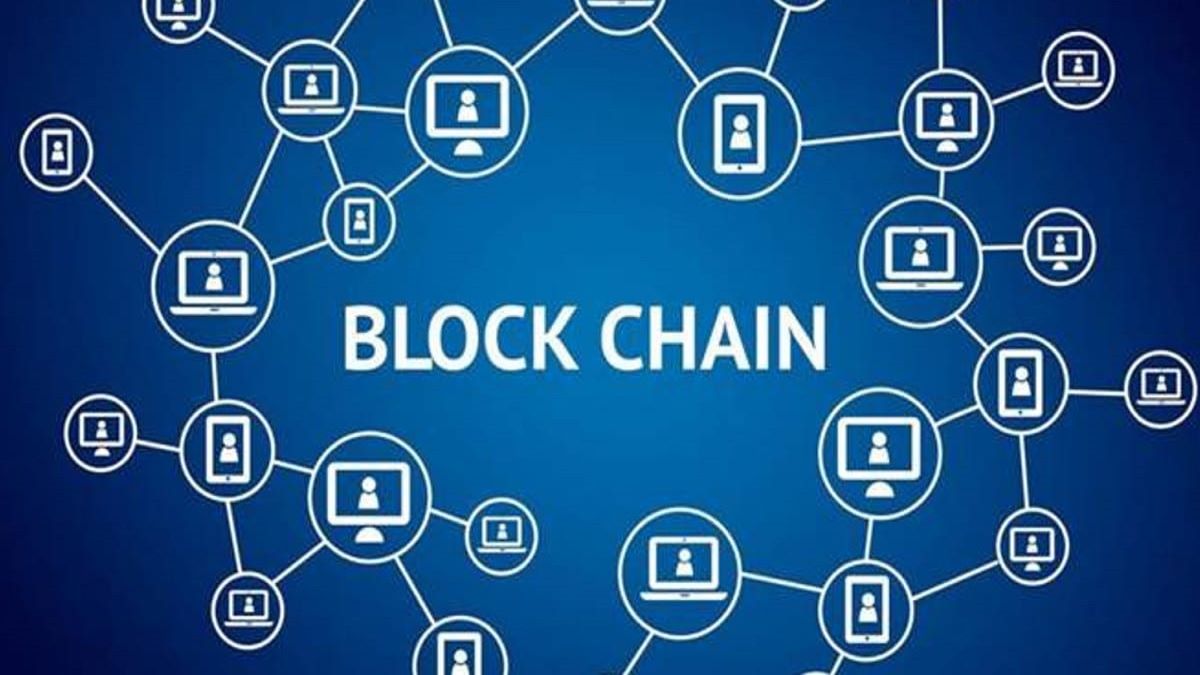Blockchain and the importance of sustainability in new age technology

#Blockchain #importance #sustainability #age #technology [ad_1]
The Fourth Industrial Revolution held the promise of increased productivity through automation of manual tasks. It envisioned a world of unleashing human creativity and unlocking technological potential. While the jury is still out on whether it will meet its promise, what is alarmingly obvious is the disastrous impact it has had on climate change and sustainability. The Fourth Industrial Revolution’s “for-profit” paradigm has caused excessive depletion of natural resources, climate change, and biodiversity loss. The need for a paradigm change from for-profit to for-benefit is pertinent.
Sustainability is an integrative, holistic, and long-term approach that advocates a balance between economic, social, and ecological dimensions. Businesses of today cannot just look at profit maximization as the only metric of success. Building relevant businesses needs an intrinsic connection between sustainability and profitability. Sustainability in the new age tech can be driven through disruptive innovation buttressed by societal transformations toward a more sustainable and equitable world. Blockchain is one powerful way of doing this.
Blockchain is a digitally distributed, decentralized ledger that helps to verify and trace multi-step transactions. A blockchain is fundamentally a new form of computing architecture that brings transformational new capabilities, much like the internet in the 90s or the smartphone in the late 2000s.
Most notable among the features that blockchain technology has brought are its distributed and immutable ledger and advanced cryptography, which bring trust to large-scale computer networks.
Blockchain technology works as a distributed ledger system which uses data in communication or transactions that are stored in a publicly available decentralized network of digital blocks (Moll & Yigitbasioglu, 2019). Each of these blocks contains a digital signature and timestamp, which renders the individual blocks virtually immutable (Kokina et al., 2017; Nakamoto, 2008). The digital blocks are arranged together following a complex mathematical logic—a process called ‘hashing’ (Nakamoto, 2008)—to form a chain of blocks, hence the name blockchain.
The trust developed with the immutability and security of the blockchain ledgers can be utilized in two critical functions that currently require immediate attention. Those two functions are Monitoring and certification of a company’s Environmental, Social, and Governance score, or the ESG score, and finding a solution for the bankless and providing them with identification.
ESG Scoring:
So far, the Environmental, Social, and Governance information about a company is primarily a self-reported, individually assessed piece of data.
What’s unusual and challenging about sustainability-focused investment analysis is that companies’ sustainability disclosures needn’t conform to shared standards in the way their financial disclosures must. Years of effort by standard-setting groups have produced nearly a dozen major reporting frameworks and standards, which businesses have the discretion to apply as they see fit (see sidebar, “A short glossary of sustainability-reporting terms”). Investors must therefore reconcile corporate sustainability disclosures as best they can before trying to draw comparisons among companies.
Additionally, the problem with the current ESG reporting is the fact that there is a significant disconnect between using different standards by various companies to report their ESG performance, which is largely self-reported, voluntary, and often unreliable, and the financial reporting that investors rely on to make investment decisions. According to Kenneth Pucker, the former COO at Timberland, a company committed to sustainability, “The disconnect between accelerating ESG activity and confidence in the results should serve as a wake-up call for companies and investors alike.”
What we need are the ESG scores that are designed to transparently and objectively measure a company’s relative ESG performance based on publicly-reported data in compliance with the underlying ESG data framework and are a transparent, data-driven assessment of companies’ relative ESG performance and capacity, integrating and accounting for industry materiality and company size biases.
Also, the ESG performance should be based on verifiable reported data in the public domain, including the most comparable company assessments and scoring processes.
Included in practice must be the data that is refreshed on products more regularly, like every week, including the recalculation of the ESG Scores, unlike that of the overwhelming practices by corporations where ESG data is updated once a year in line with companies’ own ESG disclosure.
Digital Identity:
With the ever-evolving and innovative world of Blockchain, the new-fangled concept of a SoulBound Token or SBT might finally be the answer we need to develop, a singularly unique token, which, unlike an NFT, could only be owned by one entity and one entity alone.
Created with the collaboration of the Proof of Attendance protocol, this new Ethereum token standard combines Self-Sovereign Identity elements with a new token standard and Decentralized ID (DIDs).
DIDs and SBTs are used together to provide a full digital identity management system. Users who want to create a full digital identity management system can choose between a DID provider and an SBT provider.
The DID provider enables users to create and verify their digital identity with a public key. The SBT provider allows the user to create a secure, private database linked to the public key used to create the digital identity.
This could further be used to verify the individual’s identity and proposals to put certificates (e.g. driver’s licenses, university degrees, proof of age) on-chain to additionally provide personal identity stakes in various institutions.
As an entrepreneur in the blockchain ecosystem and the founder of one of the world’s fastest unicorns, I will always be an advocate for combining profitability with sustainability to actualise a better future. In this article, talk about two ways in which we can consider this, but I’m optimistic that with increased adoption of blockchain, we’ll not just see use cases in ESG and identification, but across the ecosystem.
The author is founder and CEO, 5ire
[ad_2]
Source link
